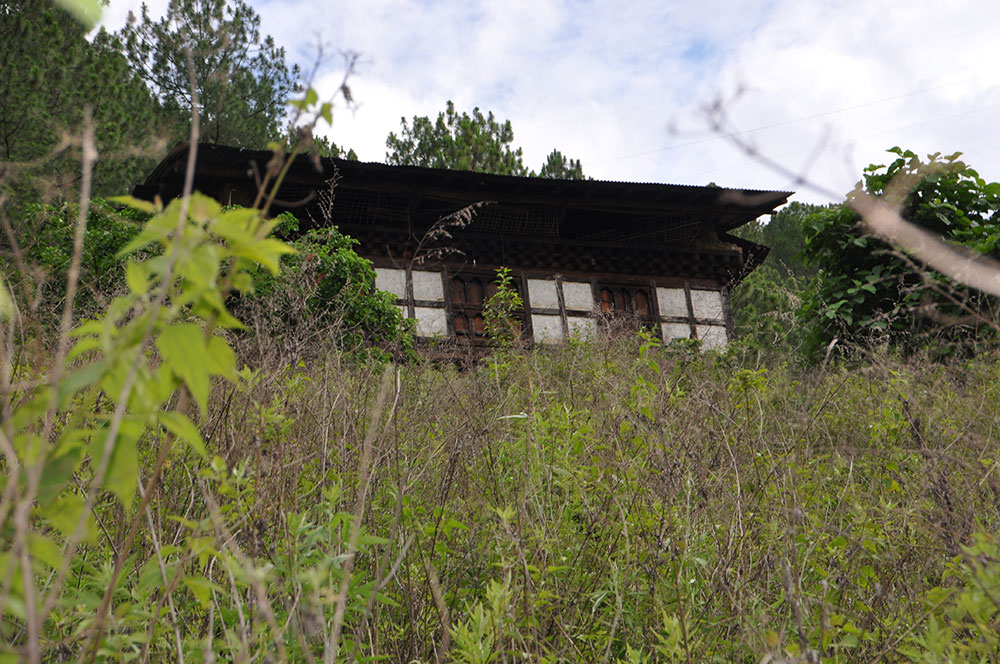Tshering Namgyal | Mongar
Although most basic amenities are in place in rural areas, many houses are empty in the villages.
Remote Ganglapong chiwog in Tsamang gewog, Mongar, is one example. Out of 75 households, there are 15 gungtongs in the chiwog.
Tsamang gewog has more than 20 gungtongs, including five households in Banjar chiwog and three in Tsamang chiwog.
In Banjar chiwog, it is mostly aged parents who stay in the villages.
Residents say the houses have been left empty after most of the younger generation have gone out looking for jobs of a different nature and took along their parents either to live with them or babysit.
“When there are gungtongs, we are compelled to contribute extra labour in the planned developmental activities like irrigation water schemes,” Kelzang Choden from Tsamang said.
Another resident, Minjur, 60, said gungtong and fallow lands attract wild animals into the field.
Former Tsamang gup Sonam Darjay, who is from Ganglapong, said a proper road network and completion of bailey bridge construction at Rindibichhu is expected to bring some residents back.
The chiwog is connected to Autsho town, a regular shopping place in Lhuentse, and he said the road cuts the distance to one and half hours from the four-hour walk it used to be.
Through the suspension bridge from Dorjilung area via the gewog centre in Banjar, it takes about a nine-hour walk uphill, while it takes about six hours from the gewog centre.
“Unless there is urgent work in the gewog, Autsho town has been the shopping destination of the people of Ganglapong and they come here,” Sonam Darjay said.
Similarly, gungtong has been an issue of concern in most of the gewogs in Mongar.
Given its impact, Tsakaling gewog tshogde had endorsed a penalty of Nu 4,500 per household for gungtong in 2018.
The issue was also deliberated in the dzongkhag tshogdu, which proposed a penalty to tackle the issue, but the resolution didn’t go through.
Kengkhar has the highest number of gungtongs, with more than 70.
Kengkhar’s gup, Pema Chedrup, said there are numerous negative impacts of gungtongs, like not enough people at monthly and annual events and gatherings, besides problems pertaining to tax collection and contribution for social service.
“There is also a labour shortage issue,’’ he said.
The 2017 census recorded 4,800 guntongs in the country, out of which Mongar has 455. Most of the 17 gewogs have at least 20 gungtongs.
Local leaders said even planned work is delayed or cancelled due to an inadequate number of end-users or inability to contribute to voluntary work.
Meanwhile, the National Land Commission (NLC) has been mapping gungtongs with support of the International Centre for Integrated Mountain Development (ICIMOD) in the country to carry out an analysis of prevalence and causal factors.


